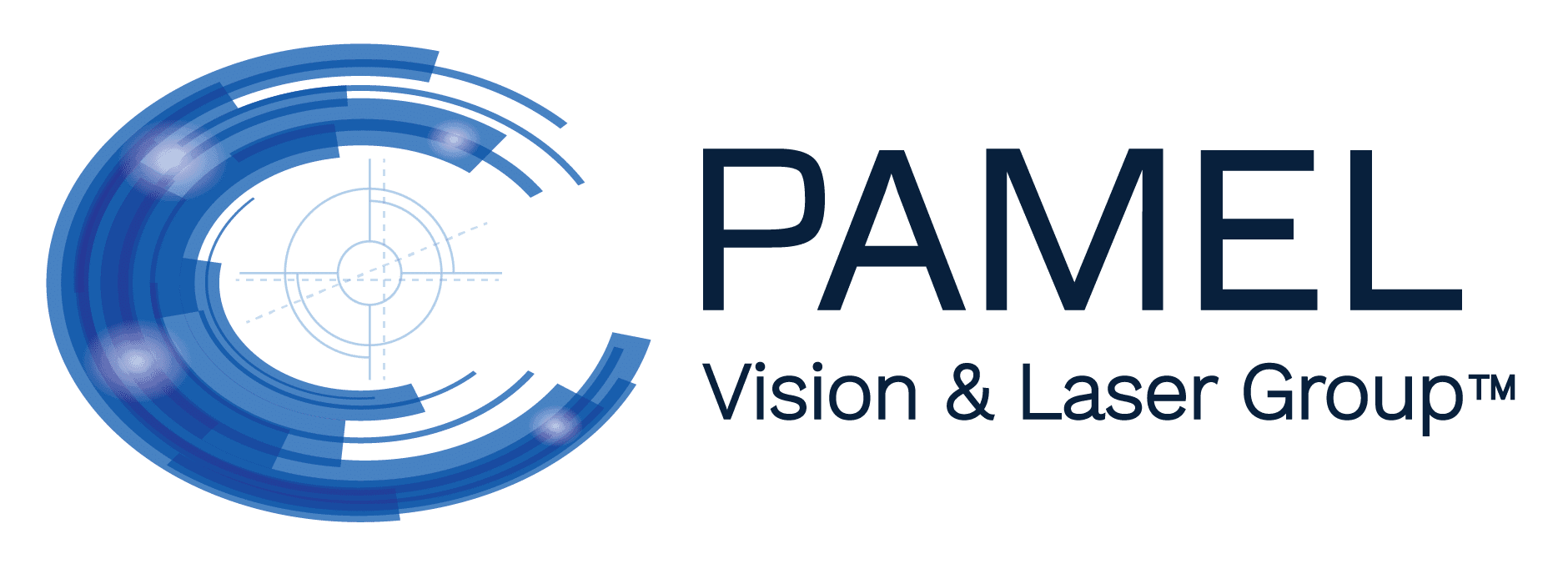How Our Eyes Change as We Age
- Posted on: Mar 8 2021
 Just like other parts of the body, the eyes and vision experience changes over time. Although aging affects everyone in a slightly different way, several eye problems are more common with age. Read on as Dr. Gregory Pamel of Pamel Vision & Laser Group discusses how the eyes typically change with age.
Just like other parts of the body, the eyes and vision experience changes over time. Although aging affects everyone in a slightly different way, several eye problems are more common with age. Read on as Dr. Gregory Pamel of Pamel Vision & Laser Group discusses how the eyes typically change with age.
Decline of Near Vision
Presbyopia is the loss of ability to clearly see nearby objects or fine print. The condition tends to develop around the age of 40. The eye’s lens, which is thin and flexible during the younger years, thickens and loses its elasticity. As a result, the lens no longer bends and flexes to bring near objects into focus.
Symptoms of presbyopia include headaches and eye fatigue after prolonged periods of reading or close work. Methods of correcting presbyopia include laser-assisted presbyopia reversal or the placement of accommodating intraocular lenses or scleral implants.
Chronic Eye Dryness
Another common consequence of aging is lowered tear production. With age, the eyes may produce fewer tears or the tears produced may be of poor quality. Without sufficient tears, the eyes may feel chronically dry, itchy or sensitive. If left untreated, dry eye can damage the ocular surface.
Common methods for managing dry eye include the use of artificial tears or medicated eyedrops or in-office treatments to address problems affecting the composition of the tears. Dr. Pamel also offers amniotic membrane therapy, which helps dry, damaged eye surfaces heal.
Cataract Development
As discussed in last month’s post, cataracts are cloudy areas that form on the eye’s lens and impair vision. It is nearly impossible to avoid getting cataracts over time; however, the procedure to treat cataracts is extremely safe and routine. During surgery, Dr. Pamel removes the clouded lens and replaces it with an artificial lens to restore normal sight.
Increased Risk of Glaucoma
Age is a risk factor for glaucoma, a disease that can lead to permanent vision loss and blindness. Many cases of glaucoma are linked to increased levels of intraocular pressure that occur when fluid builds up in the eye. Glaucoma can be managed with medicated eye drops or laser or surgical therapy to improve the outflow of fluid and lower intraocular pressure.
Prevent Age-Related Eye Problems
Some of these problems can be avoided by staying on top of your health care. Visit your primary care physician regularly to check for underlying health conditions, like diabetes or blood pressure problems, which can increase the risk of eye problems. Also, see your eye doctor annually for comprehensive examinations to check for early signs of eye disease. When problems are caught early, they are less likely to steal your precious sight.
For more information about maintaining ocular health with age, please contact Pamel Vision & Laser Group today.
Posted in: Eye Health




